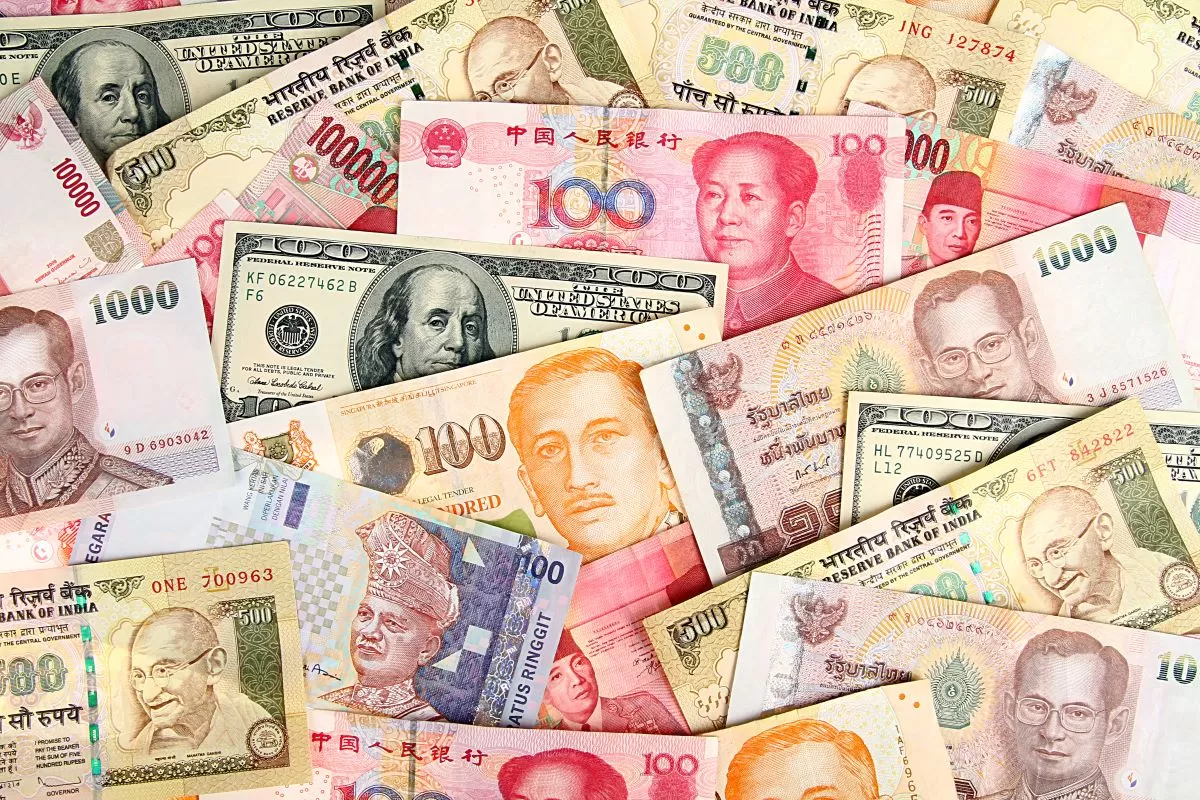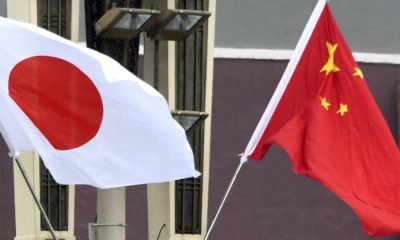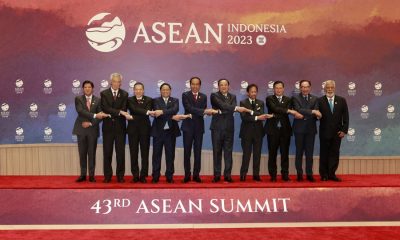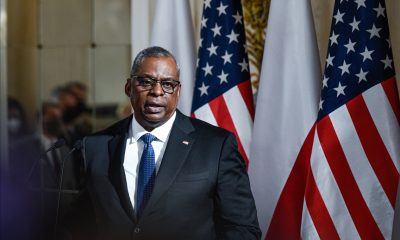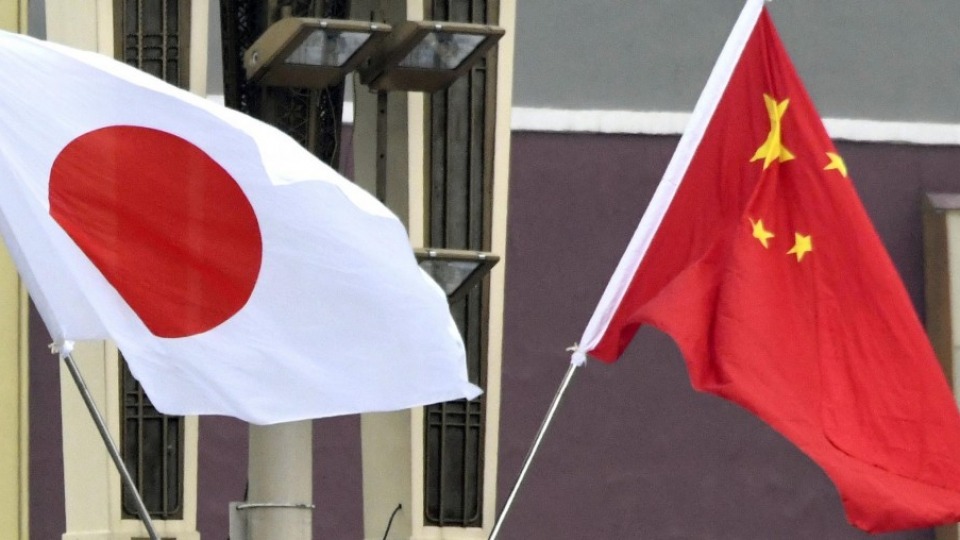The indictment of Indian tycoon Gautam Adani, Asia’s second richest man, on bribery charges in a U.S. federal court on Wednesday shocked India.
The charges put his empire under renewed scrutiny less than two years after allegations of financial irregularities by short-seller Hindenburg Research wiped $130bn off the group’s public market value.
Who is Gautam Adani?
Gautam Adani is the founder and chairman of the Adani Group, which has interests in renewable energy, ports, airports, construction materials, food and media. He is often referred to as ‘Number 1’ and ‘Big Man’ by other defendants in the case.
Adani, 62, from a middle-income textile family in the western Indian state of Gujarat, set up his group in 1988 to trade in commodities. Over time, Adani grew his business through an aggressive leverage strategy, moving into many sectors critical to the country’s infrastructure. The group was worth around $170 billion before the indictment led to the sale of its listed assets.
Adani’s rise mirrors that of Indian Prime Minister Narendra Modi, himself from Gujarat. Modi’s political opponents have often claimed that Modi has favored the billionaire, as Adani has benefited greatly from the tenders it has won for public projects thanks to the Modi government’s infrastructure development drive. Both Adani and the government have denied any special treatment.
What are the charges?
U.S. prosecutors allege that Gautam Adani, his nephew Sagar Adani and six other defendants conspired to pay $265 million in bribes to Indian government officials to secure ‘lucrative solar power supply contracts’. The defendants also allegedly ‘concealed’ the bribes from U.S.-based investors in order to ‘obtain billions of dollars in financing’.
The bribery scheme, dubbed the ‘Corrupt Solar Power Project’ in the indictment, centered on numerous solar power contracts awarded by the state-owned Solar Energy Corporation of India to Adani’s renewable energy unit and another Indian company, Azure Power.
Adani and others have also been charged by the U.S. Securities and Exchange Commission with making ‘materially false or misleading’ statements about anti-bribery practices when raising $750 million from investors in September 2021, including $175 million from U.S. investors.
How will the indictment affect the Group’s business?
Following the indictment, 11 of the conglomerate’s twelve companies collectively lost around $27 billion in value on Thursday, a repeat of the collapse in January 2023, when Hindenburg Research accused the group of stock manipulation and improper use of offshore tax havens, among other allegations.
Shares in holding company Adani Enterprises fell more than 22%, while shares in Adani Green Energy, the focus of the investigation, fell nearly 19%. Only New Delhi Television (NDTV), the news media arm of the conglomerate, closed marginally higher. Shares in most Adani companies continued to fall in early trading on Friday.
“The indictment could affect Adani’s upcoming fundraising plans. Adani Green Energy has reportedly cancelled the sale of $600 million in U.S. dollar-denominated bonds. The biggest short-term impact of this development is that the Adani Group may find it difficult to raise new funds, especially from leading financial institutions, until its name is cleared,” said Abhishek Basumallick, founder of investment advisory firm Intelsense.
Late on Thursday, Kenyan President William Ruto said he was cancelling Adani’s purchase of a controlling stake in the country’s main airport and a $736 million public-private partnership with the company to build power transmission lines.
How have the Adani Group and the Indian government responded?
In a statement on Thursday, the Adani Group rejected the charges in the indictment, calling them ‘baseless’.
As the U.S. Department of Justice has stated, the charges in the indictment are allegations and the defendants are presumed innocent until proven guilty,’ the group said in a statement: ‘All available legal remedies will be pursued.
There has been no official reaction from the Indian government.
Jaideep Mazumdar, Joint Secretary (East) in the Ministry of External Affairs, declined to comment when asked about the Adani issue during a press conference on Modi’s visit to Guyana in South America. “This is a press conference organised for the Indian Prime Minister’s visit to Guyana and the India-CARICOM (Caribbean Community) Summit, and I am not in a position to respond to questions beyond this mandate,” he said in Guyana’s capital, Georgetown.
Modi’s political rivals have launched a series of attacks on the billionaire.
Rahul Gandhi, senior leader of the Indian National Congress, said at a press conference on Thursday: “Adani has in a way taken over India; the country is in the grip of Adani. So, India’s airports, ports, defence industry… it is a partnership. Modi is on one side of the partnership and Adani is on the other,” he said.
Gandhi is also the leader of the opposition in the lower house of parliament and is in a powerful position to have a say in the appointment of a director of the Central Bureau of Investigation, the country’s anti-crime agency. Gandhi said his party would raise Adani’s charges in the winter session of parliament, which begins on Monday.
Is extradition expected to come up?
There is an ongoing investigation into Adani, launched last year by India’s securities regulator in the wake of the Hindenburg Research allegations.
Lawyers in India and the U.S. have said that U.S. prosecutors may seek the extradition of Adani and other defendants in the latest charges. The two countries have had an extradition treaty in place since 1997.
Prashant Mendiratta, a lawyer at the Delhi High Court, said the Indian Ministry of External Affairs would be the primary decision-maker if the U.S. government made an extradition request.
“If the Indian government refuses extradition, the prosecution can approach the Indian judiciary with a petition against the decision … there is a high probability that this will turn into a two-front legal battle,” Mendiratta added.
The Indo-U.S. extradition treaty also stipulates that an offence must be punishable by imprisonment of one year or more before extradition can be granted. Under India’s Bharatiya Nagarik Suraksha Sanhita (BNSS) Act, bribery is only punishable by up to one year in prison.
The more stringent Prevention of Corruption Act (PoCA) can also be applied in this case.
However, for the PoCA to apply, it must be proven that a bribe was solicited and accepted by the government official.
“Obviously we are aware of these allegations,” White House spokeswoman Karine Jean-Pierre said at a press briefing on Thursday when asked if the U.S. was concerned that the charges against Adani could damage bilateral relations: “What I would say is that we believe that the relationship between the United States and India rests on an extremely strong foundation based on the relationship between our peoples and cooperation on the full range of global issues.”

 EUROPE6 days ago
EUROPE6 days ago
 AMERICA2 weeks ago
AMERICA2 weeks ago
 ASIA2 weeks ago
ASIA2 weeks ago
 AMERICA2 weeks ago
AMERICA2 weeks ago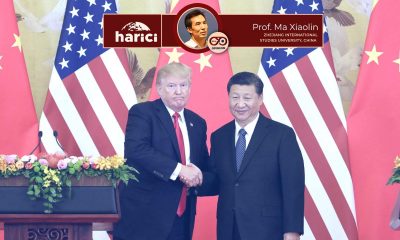
 OPINION2 weeks ago
OPINION2 weeks ago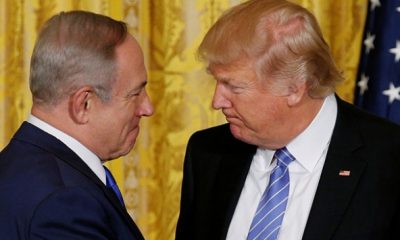
 MIDDLE EAST2 weeks ago
MIDDLE EAST2 weeks ago
 EUROPE4 days ago
EUROPE4 days ago
 MIDDLE EAST2 weeks ago
MIDDLE EAST2 weeks ago
